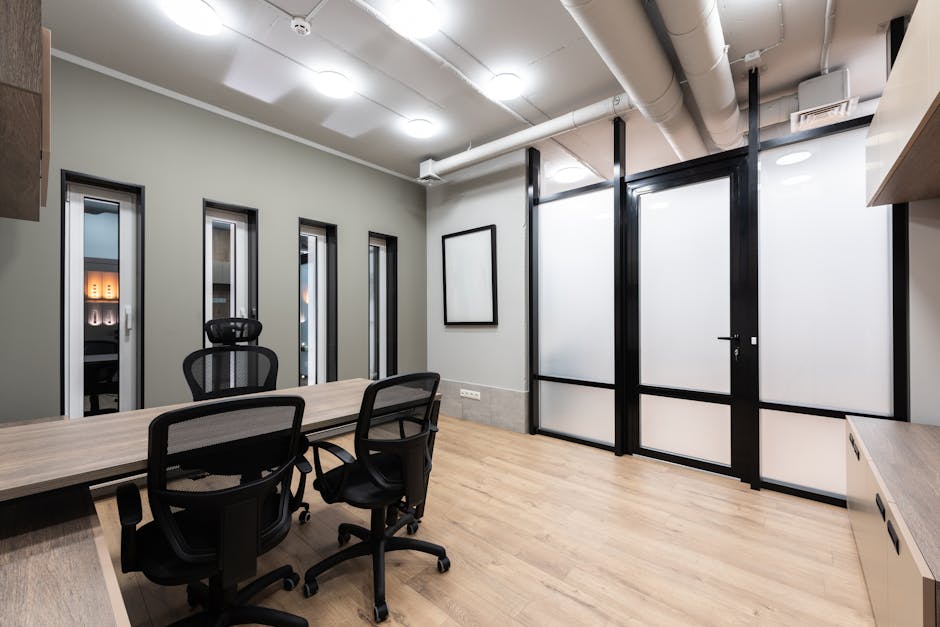5 Tips for Efficient College Meeting Room Management
“Effective meeting room management is crucial for colleges to ensure productive collaboration and efficient use of space. This article explores five key tips to optimize meeting room management, including utilizing scheduling software, implementing clear policies, leveraging technology, designing flexible spaces, and gathering feedback for continuous improvement. ”

In today's dynamic college environment, efficient meeting room management is essential for fostering collaboration, productivity, and effective communication among students, faculty, and staff. Meeting halls serve as vital spaces for academic discussions, group projects, and administrative meetings. To ensure these spaces are utilized effectively, here are five tips for optimizing college meeting room management.

1. Implement a Centralized Scheduling System
One of the key challenges in managing meeting rooms is avoiding double bookings and ensuring fair allocation of resources. By implementing a centralized scheduling system, colleges can streamline the booking process and provide real-time visibility into room availability. Digital meeting conference room signage can be integrated with the scheduling system to display up-to-date information outside each meeting room, reducing confusion and enhancing efficiency.
2. Establish Clear Policies and Guidelines
To maintain order and ensure fair usage of meeting rooms, it's crucial to establish clear policies and guidelines. These should cover aspects such as booking procedures, cancellation policies, maximum reservation durations, and responsible use of the facilities. Clearly communicating these policies to all users and enforcing them consistently will help prevent misuse and conflicts.

3. Leverage Technology for Enhanced Collaboration
Modern meeting rooms should be equipped with the necessary technology to facilitate effective collaboration. This includes reliable Wi-Fi connectivity, high-quality audio-visual equipment, and interactive whiteboards or smart screens. By providing these tools, colleges can enable seamless presentations, remote participation, and real-time collaboration, enhancing the overall meeting experience.
4. Design Flexible and Adaptable Spaces
To accommodate various meeting types and group sizes, it's essential to design meeting rooms with flexibility in mind. Modular furniture, movable partitions, and reconfigurable layouts allow spaces to be easily adapted to different needs. This flexibility ensures that meeting rooms can be optimized for small group discussions, large presentations, or even impromptu gatherings, maximizing their utilization.

5. Gather Feedback and Continuously Improve
Regular feedback from meeting room users is invaluable for identifying areas for improvement and ensuring that the facilities meet the evolving needs of the college community. Conducting surveys, soliciting suggestions, and monitoring usage patterns can provide insights into user preferences, common challenges, and potential enhancements. By actively seeking feedback and implementing necessary changes, colleges can continuously refine their meeting room management strategies.

Effective meeting room management is vital for creating a productive and collaborative environment in colleges. By implementing a centralized scheduling system, establishing clear policies, leveraging technology, designing flexible spaces, and gathering feedback, colleges can optimize the utilization of their meeting halls. By following these tips, institutions can ensure that their meeting rooms serve as catalysts for academic success, fostering meaningful interactions and facilitating the exchange of ideas among students, faculty, and staff.